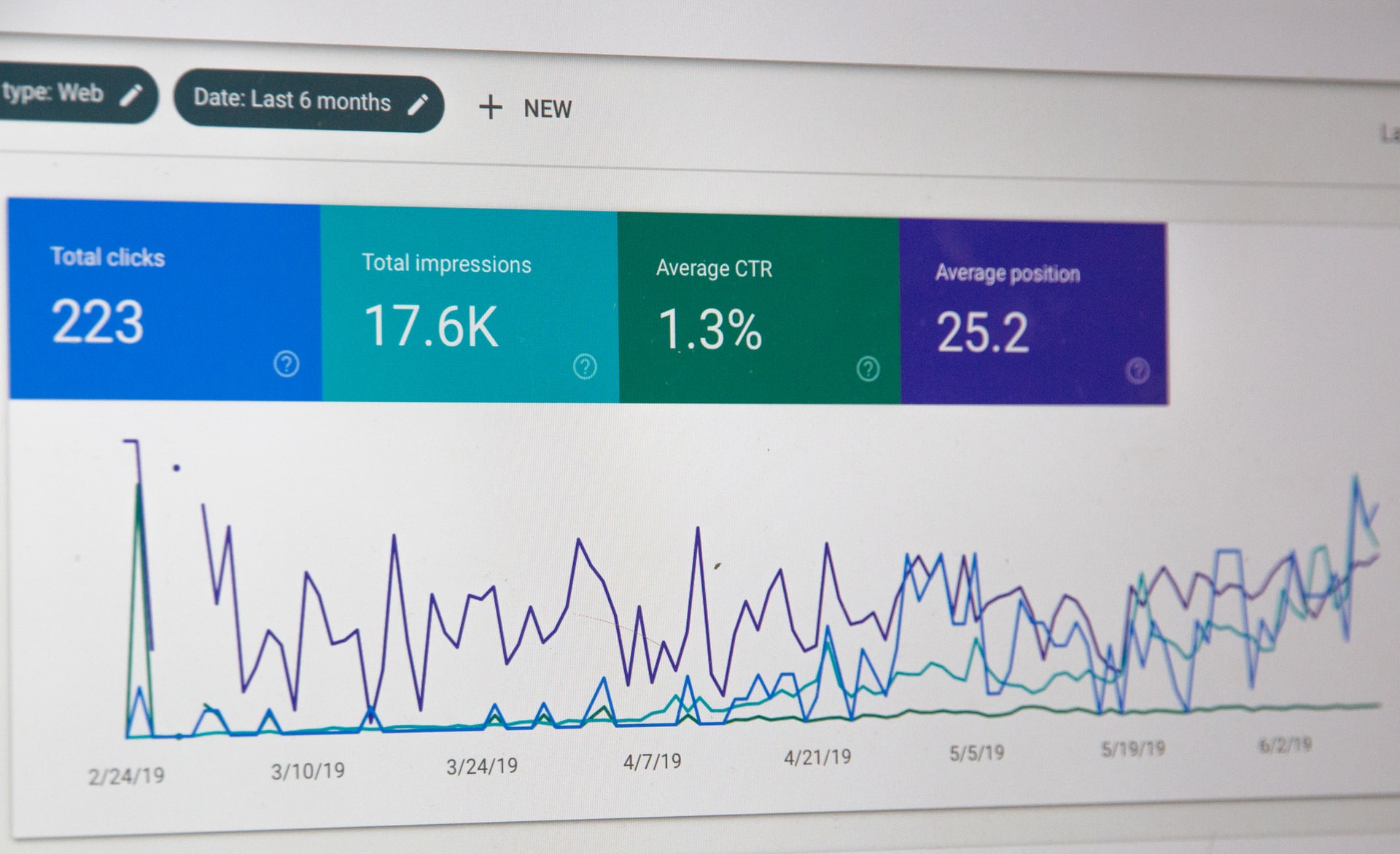SEO, or Search Engine Optimization, is one of the keys to online success. A strong SEO campaign can take your dental practice to another level and improve your marketing results. But in recent years, Google and the other search engines have tightened up the ground rules.
In today’s climate, you must practice smart SEO tactics and proper SEO etiquette. Keyword stuffing and other “black hat” tactics are no longer permitted. In fact, Google will punish you for putting too many keywords in an article, and your rankings will suffer.

Dental SEO is one of several processes in dental marketing which focuses on optimizing a dental practice website for search engines to gain an increase in organic traffic. How SEO can be used for a dentist is by taking advantage of this extra search traffic to convert into new patients. You can find additional best practices and ideas for converting your website visitors with these best dental website examples.
Why dental SEO is important for your practice.
Today there are more than 3.5 billion searches each day on Google. In each of these searches, the most popular sites always display first. Obviously, the higher you are on the list, the more web traffic you will get. SEO is a marketing vs. advertising approach means that by integrating a long term SEO plan now, you’ll save a fortune in what you’d spend in advertising costs over the same course of time.
Keep in mind that only 3% of searchers ever click past the first page. That means even small SEO improvements to increase your ranking could result in more web traffic and patient flow.
Because people look for products, services, and information online, a strong search engine optimization campaign is vital.
How Ranking Works
When it comes to Google and the other engines, paid ads are at the top of the page. Paid search traffic is referred to as search engine marketing, SEM, or PPC, pay-per-click.
Underneath the paid ads, you’ll see organic or unpaid results. Traffic that comes in via your SEO efforts is organic traffic.
How does SEO work?
Google and other search engines use algorithms to determine page ranking for queries. These rules (or algorithms) have changed dramatically over the years, with thousands of factors taken into account for search engine ranking. While there are hundreds of rules to consider, Google relies on three basic metrics to evaluate site quality.
1. Links
Website links play a major role when it comes to search engine ranking because they are a vote of confidence from other businesses and websites. Most websites won’t link to a poor-quality site, and Google knows this.
If you want to gain authority and “PageRank” on Google, look for good quality sites that would be willing to link share with you. The higher the quality, the better your reward.
For your dental practice, joining the local Chamber of Commerce and being listed in their directory would constitute a quality link.
2. Content
Content really is king, and it is the second metric that Google considers in its algorithms. A massive part of search engine optimization is content.
Peppering your content with popular keywords and keyword phrases is the best way to create educational and entertaining articles, blogs, web content, and social media posts. But, as we mentioned before, be careful not to overdo it.
One suggestion is to produce short video content, as this is considered the “heaviest” form of multi-media content and will help you rank.
3. Page Structure
The third component for search engine optimization is page structure. Searches take your site’s HTML code into account, so structure affects page evaluation. Try adding relevant keywords in your title, URL, and page headers, as they do wonders for raising your organic SEO ranking.
Always make sure to have Google Analytics on your website and monitor performance.
SEO Techniques
Understanding how Google and the other search engines work is just the first part of your journey. Now you have to implement what you have learned into your current SEO marketing strategy.
1. Keyword Research
Keyword research is the first step in the process. Keyword research means finding out what keywords and keyword phrases are ranking for dentists. Doing keyword research also tells you what keywords your competitors are using.
By identifying keywords and keyword phrases, you can optimize your content so that the search engines can easily find you.
2. Content Marketing
Once you have identified your keywords and keyword phrases, it’s time to compile your content.
Whether you’re updating content you’ve already made, or creating new content, what you put on the page is extremely important. Search engines love high-quality content that is fresh and unique.
Never copy and paste someone else’s work. If you copy and paste competitor content, you could be liable for copyright infringement. Duplicate content is also confusing to the search engines, and if you have a duplicate copy, you won’t rank.
3. Link-Building
Referred to as “backlinks” in SEO, link-building is one of the core factors for search engine ranking. Top-quality links will up your reputation and improve your position on search engines.
Getting the highest-quality backlinks is a game-changer when it comes to SEO. Reach out to other websites and build relationships with businesses that add value to your dental practice.
4. On-Page Optimization
The page structure has tremendous benefits for raising SEO rankings. Standard techniques for on-page optimization include updating title tags for relevancy, optimizing your URL with appropriate keywords, and using alt attributes to describe your pictures.
Try updating your Meta tags and Meta description tags as well. While they won’t directly affect your ranking, they can help your click-through rate by showing patients precisely what’s on your page.
5. Site Architecture Optimization
Linking externally isn’t the only way to boost your SEO. Internal links, or linking to relevant pages your own website, plays a massive role in search engine optimization and improves your ranking.
Talk to your webmaster about sitemaps. These can help search engines discover the other pages on your website, and they’re also excellent for search engine optimization.
6. Semantic Markup
Search engine optimization experts can optimize the semantic markup of the website. Semantic markups are used to describe page content. They also provide rich snippet displays on the search engine pages to identify the content, content type, and topic that is on the page.
SEO tools for your dental practice.
Are you ready to implement all these tips? There are a few SEO tools that will help you easily improve your optimization efforts.
Google Search Console
Google Search Console, previously called Google Webmaster Tools, is free, and it’s a must for your SEO toolkit. Google Search Console provides you with keyword traffic reports and GSC rankings. The Google Search Console can also help you fix any technical issues you may have on your site.
Google Ads Keyword Planner
This free tool from Google is designed for paid searches, but it’s also excellent for search engine optimization. It offers keyword and keyword phrase suggestions and can help with keyword search volume.
Backlink Analysis Tools
Backlink analysis tools show you all the links you are considering for your website. These tools help you understand how well your site is ranking in search engines. Backlink analysis tools for dental websites even allow you to analyze your competitors’ websites.
SEO Platforms
Many platforms exist for SEO. Some of the more popular include Searchmetrics, Linkdex, BrightEdge, and Moz. These search engine optimization platforms help you with keyword research, keyword ranking, as well as off-page and on-page SEO.

How do beginners do SEO Successfully?
Dental Website
Your website is the key to SEO. If your dental website is slow to load or outdated, you aren’t doing yourself any favors.
A modern and fresh website is the key to optimized SEO and patient flow, as it is usually the first place people visit if they are interested in your dental practice.
Having a mobile responsive dental website is more important than ever before. Users search for businesses on their devices all the time, so having a mobile responsive website lets users access your web pages on any device. This provides people with a transparent and seamless experience, and they won’t have to zoom out to look at images or read text.
Local SEO
Targeting the local community is a vital part of SEO for dentists. When you use local SEO tools for geotargeting and target your demographic, you can’t lose. Be sure that all your information is current, including your contact information. Forgetting to include your address and contact information will harm your local SEO.
It’s important to note that most dental practices are local businesses. With that being said, it just makes sense to put extra effort into your local search engine optimization.
Video Marketing
Video marketing is excellent for SEO. People are more inclined to watch content than to read lengthy pages. And don’t forget that Google owns YouTube, and YouTube is the second largest search engine on the planet.
Adding SEO to your video marketing is just like adding it to your written content. When you film your video, add keyword and keyword phrases to the narrative, and use them in your Meta tags and title tags. The more keywords you use in your video marketing strategies, the better your ranking will be.
Social Media
While most social media websites won’t affect your search engine optimization, they are an excellent networking tool. Social media helps you build relationships that can lead to guest posting on your blog, link-building opportunities, better content marketing, and more local traffic.
Dental SEO Conclusion
SEO takes time and effort. Dental SEO services and marketing companies have the experience and expertise to take your content and make it shine.
From websites to social media pages and more, having a solid search engine optimization plan is essential for dental flow.






